About the Author
Jim Reid lives on the northern fringe of the Lake District. An outdoors enthusiast, he will avoid any office tasks given the slightest opportunity to head for the hills. Educated at Newcastle and Lancaster universities, he has made a living variously and precariously as an ecologist, school teacher, youth hostel warden, restaurateur and landscape gardener. When the writing bug takes over, subjects close to his heart are travel, food, nature and hillwalking.
About the Book
Two years in the making, the Tour of the Lake District was written and researched while running a Lakeland youth hostel. All the routes have been carefully chosen and walked, the author muttering into a Dictaphone to ensure descriptions are accurate when written up in the evening. The photographs were taken using an old Leica 35mm camera with Summicron lenses, generally on Velvia film.
TOUR OF THE LAKE DISTRICT
by
Jim Reid

2 POLICE SQUARE, MILNTHORPE, CUMBRIA LA7 7PY
www.cicerone.co.uk
First edition 2007
ISBN 13: 978-1-85284-496-7
Jim Reid 2007
A catalogue record for this book is available from the British Library.
 This product includes mapping data licenses from Ordnance Survey with the permission of the Controller of Her Majestys Stationery Office. Crown copyright 2003. All rights reserved.
This product includes mapping data licenses from Ordnance Survey with the permission of the Controller of Her Majestys Stationery Office. Crown copyright 2003. All rights reserved.
Licence number PU100012932.
Acknowledgements
Writing is a solitary task, but impossible without the help and encouragement of a good many people. First, I must thank my friends and colleagues in the YHA for their support and hospitality during my ramblings. In particular I wish to thank Dave Waugh, who first envisaged such a book some years previously, and unknowingly paved the way for myself when later I came up with the same idea. I must thank Celine for her extreme patience, proofreading, and all-round support. Thanks to all my hillwalking companions and family over the past two years, without whose encouragement and feedback the project would have certainly never come to fruition.
Finally, I must thank that most special of companions, ever silent and stoical in the face of changeable Lakeland weather Her Hairiness The Dog. Just dont get diarrhoea again the next time we have to share a small tent.
Notice to Readers
Readers are advised that while every effort is taken by the author to ensure the accuracy of this guidebook, changes can occur which may affect the contents. It is advisable to check locally on transport, accommodation, shops, etc., but even rights of way can be altered.
The author would welcome information on any updates and changes sent through the publishers.
Cover photo: Below Great Gable, a crossroads of routes, at the very centre of the Lake District
PREFACE
Until I started on this book, I thought I knew the Lake District well. Now Im not so sure. For all the days Ive spent hiking the fells, Im still discovering paths Id never previously walked, and places Ive never quite got around to visiting. At my desk, working on my book in the winter months, my notepad fills with places I want to revisit when the snow comes, when the bluebells are out, when the red deer are in rut
And so it may be with you. Perhaps you are a seasoned Lakeland fell walker, perhaps you live here, or maybe you are considering a visit for the first time.
Whichever is the case, there is something in this book for you. If you have a week off work great walk the Tour in its entirety. It will take you seven days, and by the end of it youll be sure to know this amazing place a little better. Got two weeks free? Even better time enough for a few side trips; the suggestions for short walks in Part 3 should keep you out of mischief. Even if your explorations are just limited to snatched weekends, you can still dip into these pages for inspiration.
Enjoy your time in the hills. In researching this book, I certainly have.
Jim Reid, 2007
Typical Lakeland scenery, from a footpath above Thirlmere
GLOSSARY AND ABBREVIATIONS
Beck, ghyll | stream / watercourse |
Dog-leg | a short sideways shift in the path: eg. dog-leg right |
Fell | hill or hillside (northern England) |
Finger post | official wooden signpost showing rights of way |
Hairpin | very sharp turn in the path, almost doubling back |
Ladder-stile | wooden stile over wall |
LDNP | Lake District National Park |
Lonnin | lane, used here specifically to describe one bordered by walls |
NT | National Trust |
Squeeze stile | narrow crafted gap in dry-stone wall |
Trig. point | concrete column on hill tops used by map makers for triangulation |
INTRODUCTION
A peaceful June dawn over Elterwater, with the Langdale Pikes behind (Stage 2)
INTRODUCTION
A dipper bathing in the waters of a rain-swollen beck; my path bordered by the cheer of hawthorns in full bloom; and the lush, deep greens of the lake country resuming its summer colours... as I continued on beyond the last of the dry-stone walls to the open fell, past an alpine tarn and up a scramble on the scree-covered flanks of Great Gable, I was greeted on this occasion with a kings view of the land and water below. Such were the highlights of a day on foot in the Lake District that ended high in the mountains by a wood-burning stove in a former shepherds bothy now a tiny, isolated and charming youth hostel.
The day had taken me along an ancient, well-worn route used by drovers, traders and marauders through history. A picturesque packhorse bridge I crossed over, built without mortar, had stood the test of three centuries of north country winters. I passed farms first settled by Norsemen who saw there a place to stay and make their own. To walk through the Lake District today is to follow in the footsteps of a long line of explorers, visitors and settlers: from the early tribes who first cut the primeval woods and quarried the hard rock of the fells for their axes, to the 18th-century Romantic poets who immortalised the place in verse and paved the way for the modern-day visitor.
This was but one of the days spent researching the Tour of the Lake District, a 93 mile circular walking trek that takes in some of the best of this beautiful area. The routes of past herdsmen and travellers were the inspiration for this modern-day tour, designed to fit into a weeks holiday. It is not intended as an endurance test, although there are suggestions for more demanding, high-level routes for those who like to be physically challenged. Rather the Tour passes over easy to moderate terrain, seeking logical pathways between points of interest, history and natural beauty.


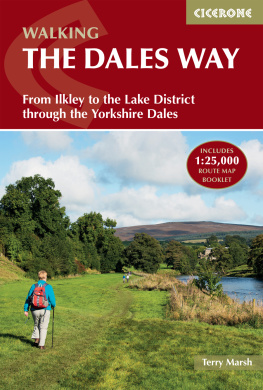
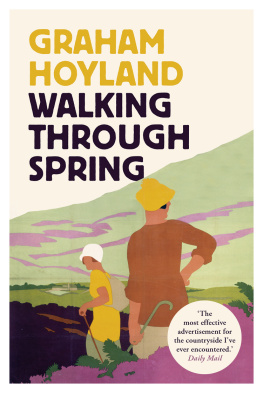
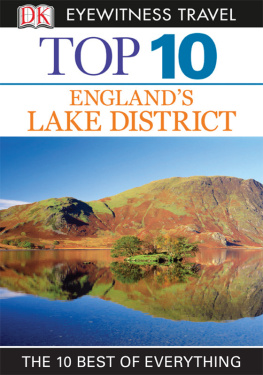
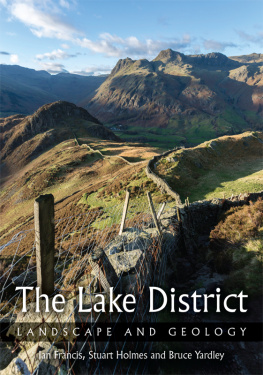

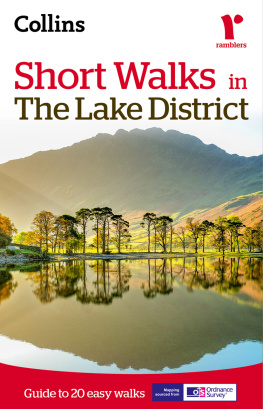

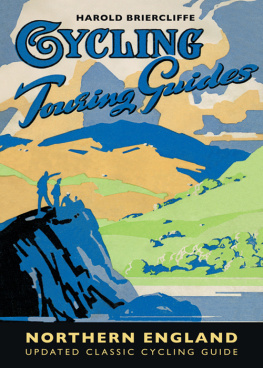
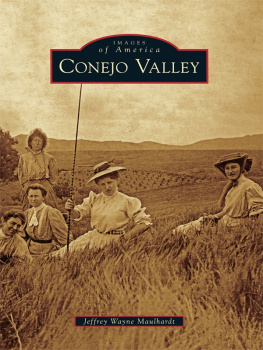
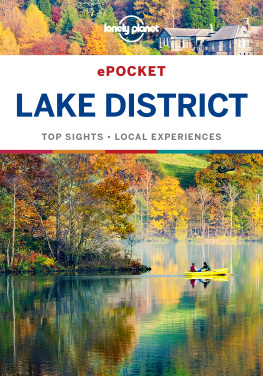




 This product includes mapping data licenses from Ordnance Survey with the permission of the Controller of Her Majestys Stationery Office. Crown copyright 2003. All rights reserved.
This product includes mapping data licenses from Ordnance Survey with the permission of the Controller of Her Majestys Stationery Office. Crown copyright 2003. All rights reserved.


